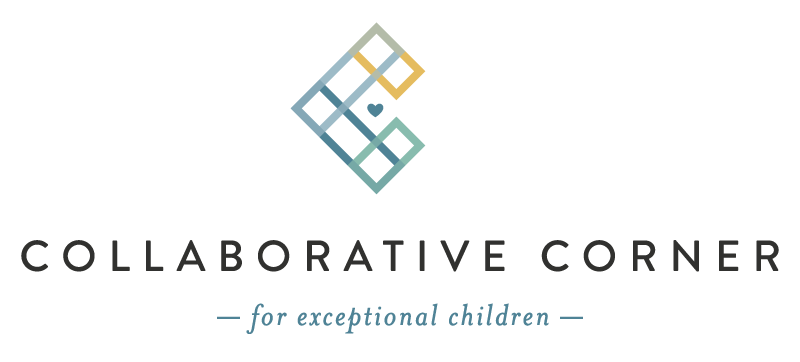What Is Grasping and How Does It Develop?
One of the sweetest movements a baby will show is grabbing hold of your finger as you touch their palm. This handholding response is actually called a grasp reflex and is shown for the first few months of their life.
A child’s grasp is an important factor in their ability to interact with their environment and others around them. As your child’s grasp develops, it will evolve to fit their needs. Their grasp will lead to the skills required for feeding themselves, zipping up their jacket, and creating the beautiful artwork on the fridge.
Below you will find typical hand grasp development for fine motor skills within the first year of life:
0-2 months:
Reflexive grasp: The infant’s hand will close on an object placed into their palm
2-3 months :
Begins to place hand to face
Fingers will open
Thumb will stay in their palm
4 months :
Hands will open and thumb will come out of the palm
While laying on their back they will swipe at toys
Crude Palmar Grasp: When you place a toy into their hand, they will hold it with the surface of their palm
5 months :
Adjusts hand to reach for objects
Automatic release
Ulnar Palmar Grasp: This type of grasp will have the toy placed towards the pinky side of the hand with their arm in a neutral position
6 months :
Hold a bottle independently
Raking Grasp: Utilizing a “raking” motion of the fingers to hold a small object in the hand
7 months :
Sitting upright they will pass an object between both hands
Reaches in different directions and letting go of toys/objects purposefully
Finger feeding
Radial Palmar Grasp: Toy will be placed in palm more towards the thumb side and thumb will start to help to grasp
8 months :
The arches of the child’s hand will begin to develop
Developmental Scissor Grasp: Objects will start to be held between the thumb and side of their index finger
9 months :
Will hold their spoon
Inferior Pincer Grasp: Small objects are held in the pads of the thumb and index fingers and will be positioned more on the thumb side of hand
10-12 months :
Release of an object into a hand
Retrieve an object from a container
Poke with their index finger
Begins tool use like bringing a spoon to their mouth
Pincer Grasp: Uses tip of index finger and thumb to pick up small objects
If you or your family have concerns about your child’s development, check with your pediatrician to see what steps may need to be taken. This may include a referral to an occupational therapist or another specialist/service that can support your child with their fine motor skill development. For more tips on how to relay your concerns to your doctor click here.
For any other questions, please feel free to reach out via email at aubrey@collaborativecorner.org. A timely response will be provided within 24 hours.
Additional Resources:
Typical Hand Grasp Development
Reference: Peck-Murray, J. Faussett, M: Normal Development of the Hand and Upper Extremity. [Online Lecture] Retrieved from https://www.medbridgeeducation.com
Aubrey Kohler, OTR/L, DRS
Occupational Therapist
aubrey@collaborativecorner.org

